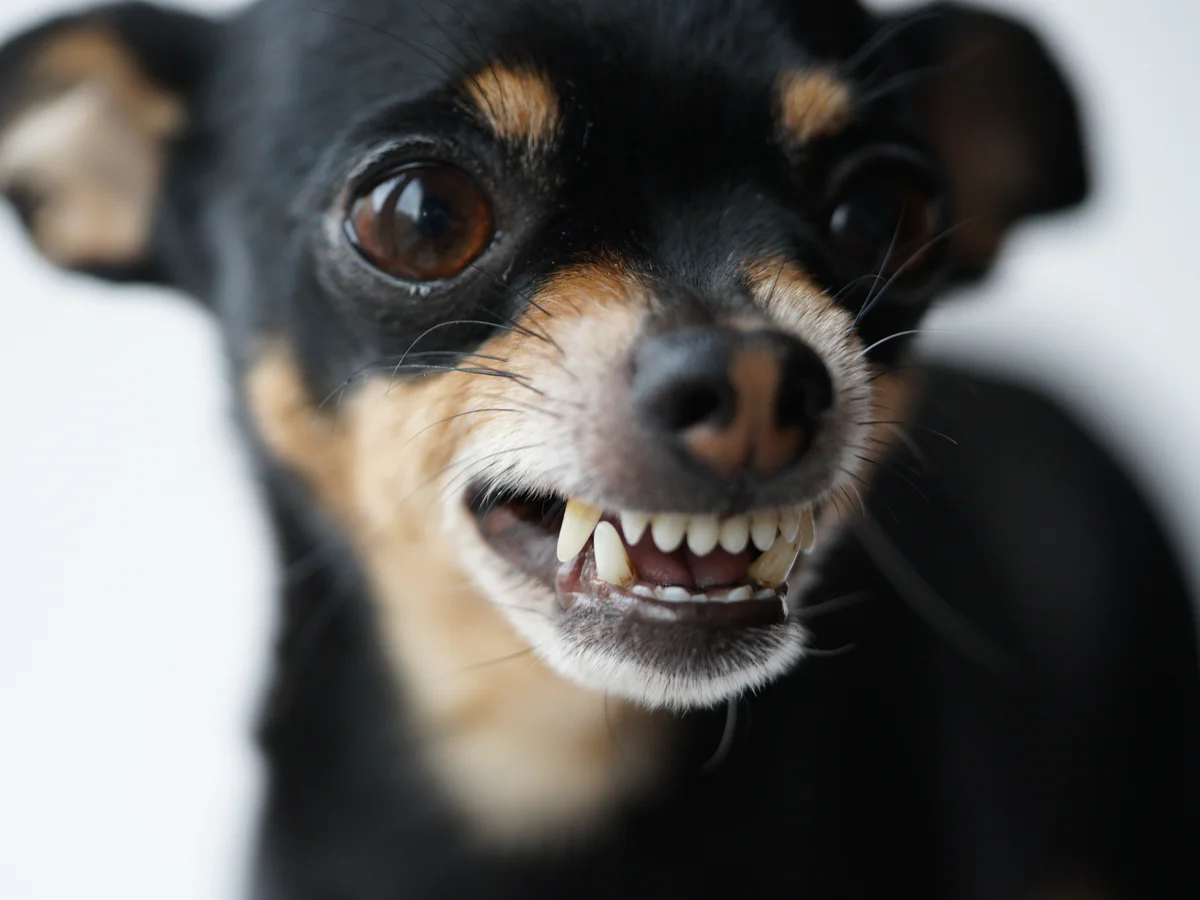The need to monitor oral hygiene arises not only for humans but also for their pets, specifically dogs. Pet owners must regularly clean their pet’s teeth and gums, ensure timely removal of minor plaque, and, if necessary, tartar. Timely and proper oral care will help maintain healthy teeth, which is key to preserving them into old age and avoiding unpleasant, sometimes painful, procedures related to issues like gum inflammation or tooth decay.
How to Clean Your Pet’s Teeth
To avoid many struggles and bites from the pet, it’s best to start introducing tooth brushing at around four months of age. Start by using soft brushes without any toothpaste or other distracting products. Use gentle strokes with the brush across all the teeth surfaces, ideally several times. At the end of the cleaning, it is essential to reward the pet.
How to Start Teaching Tooth Brushing
After a few weeks, the pet will calmly wait for its favorite reward, indicating it’s time to start using toothpaste, initially in small amounts. Avoid using human toothpaste, as they often have a strong minty smell and foam too much. Most toothpaste or gels specifically designed for dog teeth cleaning come with brushes in a set.
To effectively remove plaque, use the brush on all surfaces of the teeth, both the outer and inner sides of each tooth. Perform these actions gently to avoid injuring the gums and causing inflammation.
Unfortunately, not all owners manage to get their pets accustomed to regular oral cleaning. For picky or unruly pets, there are special treats in the form of bones, sticks, etc. These are designed with a special texture that helps remove bacterial plaque from the teeth surface and has a pleasant, refreshing smell. Such products work well for pets without hard plaque, as they become ineffective if the pet has significant tartar buildup.
Removing Tartar
Tartar is a hard bacterial deposit on the teeth that can cause gum inflammation, bad breath, and, if left untreated, tooth loss due to root exposure. Many products are specifically developed for tartar removal in dogs, the simplest and least traumatic being ultrasonic or laser cleaning.
These services are available in many well-equipped veterinary clinics. In just one visit, the tartar on all tooth surfaces is quickly removed without harming the pet’s gums. The pet is secured with towels or a blanket, eliminating the need for anesthesia, which carries risks, as some breeds may not tolerate it well, potentially leading to fatal outcomes. This risk factor is an important reason to perform tartar removal either at home or in specialized clinics.
The gums are first treated with a special antibacterial spray for cleaning, and after the cleaning, the entire tooth surface is polished. Polishing improves the sliding ability, helping saliva wash away food particles. Inflamed gum areas are treated with a special disinfecting gel to reduce inflammation.
Removing Tartar at Home
For especially aggressive or sensitive dogs, cleaning is best done at home. For this procedure, the owner needs a special fine-grit file to gradually, slowly, remove plaque from each tooth surface. Never use the file on enamel, as it can damage it. Once the tartar is removed, use a special polishing paste to get rid of any remaining hard plaque. Before and after the procedure, treat the gums with the dental gel “Metrogil Denta.”
Teeth cleaning at home is feasible if the pet remains calm. When the pet tires of the procedure, it’s best to stop and reward it with a favorite treat. Forcing the pet to continue brushing is inadvisable, as it could lead to accidental injuries to the gums.
After a tartar removal session, it is essential to clean the pet’s teeth at least three times a week. This level of care helps prevent oral diseases and removes minor bacterial plaque, thus reducing the frequency of future tartar removal procedures. A responsible owner regularly checks their pet’s dental health, avoids giving it sweets, as oral health affects the pet’s digestive system and overall health.
